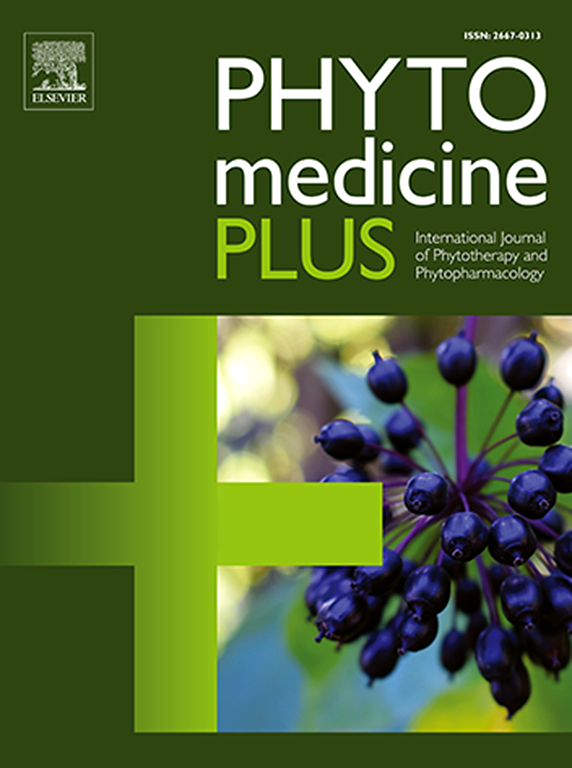Drying as a preservation strategy for medicinal plants: Physicochemical and functional outcomes for food and human health
Q3 Pharmacology, Toxicology and Pharmaceutics
引用次数: 0
Abstract
Drying is one of the most commonly employed preservation techniques for medicinal plants, significantly influencing their physicochemical and functional properties. This review investigates the impact of various drying methods on the chemical composition, bioactive compounds, antioxidant activity, and overall quality of medicinal plants. These changes can diminish the therapeutic potential of the plants, thereby limiting their effectiveness in food applications and human health remedies. However, certain drying techniques are shown to better preserve these functional properties. The review discusses the integration of dried medicinal plants into functional foods, nutraceuticals, and supplements, showcasing their potential in promoting health and preventing diseases. The industrial significance of these approaches is in their capacity to prolong the period that a product can be stored, guarantee the safety of food, and satisfy consumers' desires for items derived from nature. Nevertheless, there are still obstacles to achieving a harmonious equilibrium between cost-efficiency, scalability, and environmental sustainability. By understanding the effects of different drying methods, this review aims to guide future research and industrial applications for maximizing the health benefits of medicinal plants.

干燥作为药用植物的保存策略:对食品和人类健康的物理化学和功能结果
干燥是药用植物最常用的保存技术之一,对药用植物的理化性质和功能特性有重要影响。本文综述了不同干燥方法对药用植物的化学成分、生物活性成分、抗氧化活性和综合品质的影响。这些变化会削弱植物的治疗潜力,从而限制其在食品应用和人类保健方面的有效性。然而,某些干燥技术被证明可以更好地保存这些功能特性。本文讨论了药用植物干燥剂与功能性食品、保健品和补充剂的结合,展示了它们在促进健康和预防疾病方面的潜力。这些方法的工业意义在于它们能够延长产品的储存期限,保证食品的安全,满足消费者对来自大自然的物品的需求。然而,实现成本效益、可扩展性和环境可持续性之间的和谐平衡仍然存在障碍。通过对不同干燥方法对药用植物的影响的了解,为今后的研究和工业应用提供指导,以最大限度地提高药用植物的健康效益。
本文章由计算机程序翻译,如有差异,请以英文原文为准。
求助全文
约1分钟内获得全文
求助全文
来源期刊

Phytomedicine Plus
Medicine-Complementary and Alternative Medicine
CiteScore
3.70
自引率
0.00%
发文量
178
审稿时长
81 days
期刊介绍:
 求助内容:
求助内容: 应助结果提醒方式:
应助结果提醒方式:


